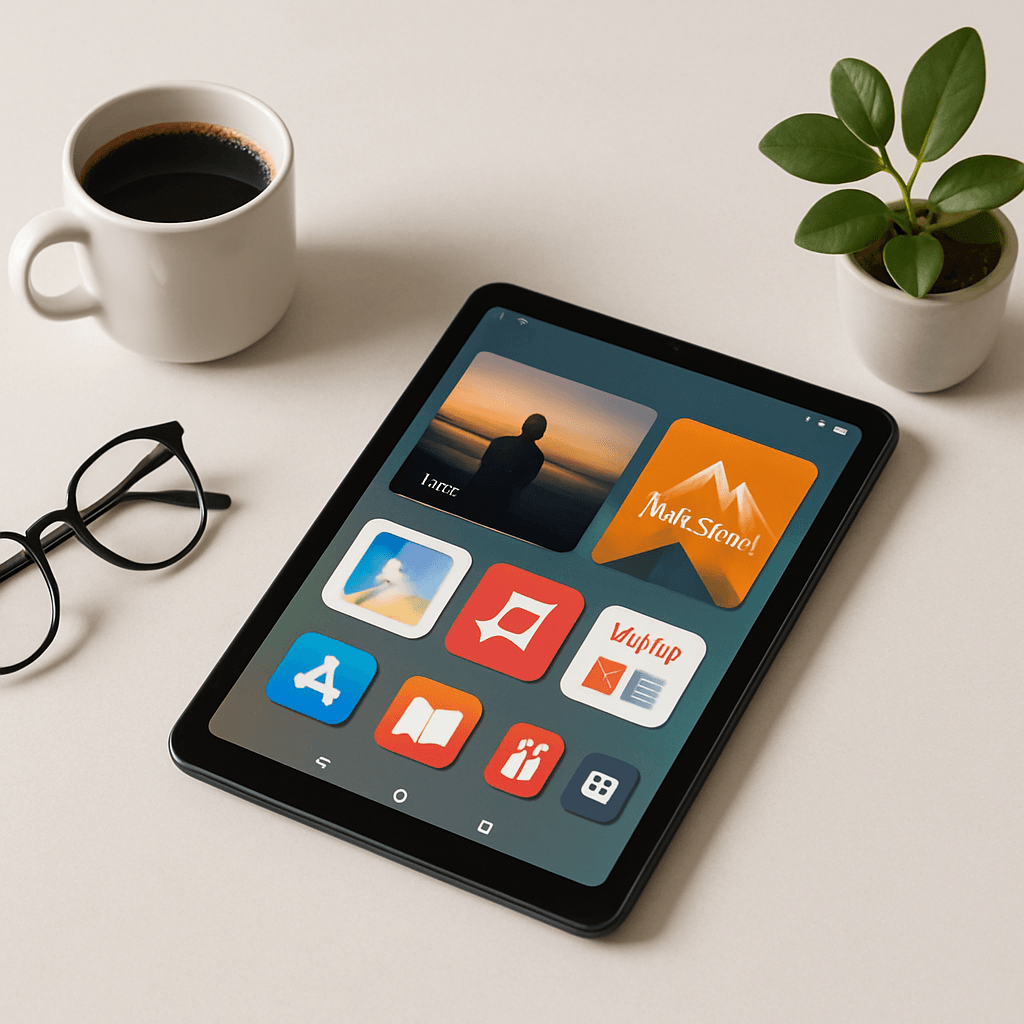Amazon's Fire tablet lineup just got a comprehensive review from WIRED, and the verdict is mixed but telling. While these budget tablets excel as content consumption devices for Prime subscribers, they struggle with outdated hardware and limited app selection that puts them behind standard Android competitors.
WIRED's comprehensive Fire tablet testing reveals what many suspected - Amazon's budget slates work best when you're already deep in the company's ecosystem. The review, published by Scott Gilbertson, tested every model in Amazon's current lineup and found a consistent pattern: solid value for Prime subscribers, questionable appeal for everyone else.
The tablets shine brightest as what WIRED calls "a faucet for Amazon content." If you're already paying for Prime, these devices offer streamlined access to movies, music, TV shows, books, and shopping with interfaces specifically crafted for Amazon's various media offerings. The Fire OS swipeable pages make navigating Amazon's content library genuinely pleasant, something you won't get from standard Android tablets or iPads.
Build quality surprised reviewers. Despite being made from "cheap-ish plastic," the tablets feel sturdy enough for daily use. WiFi reception tested as excellent across models, and front-facing cameras have improved significantly in recent releases. The Kids Editions particularly impressed, featuring rugged bumpers and microSD slots for storage expansion - WIRED recommends adding a $15 128GB card to maximize value.
Pricing remains the Fire tablets' strongest selling point. Every model except the new Max 11 costs under $200, with Amazon's lock-screen ads dropping prices another $15 for those willing to tolerate advertising. This puts Amazon's offerings well below equivalent Android tablets and far under Apple's iPad pricing.
But the review reveals significant limitations that potential buyers need to understand. The biggest issue? These tablets essentially trap you in Amazon's walled garden. Third-party app selection through Amazon's Appstore is "far more limited" than what's available through Google Play Store or Apple's App Store. While you can download Netflix and other major apps, the selection pales next to standard Android devices.
WIRED also noted concerning technical limitations. The processors inside Fire tablets use older technology that creates "small fits of lag and a general lack of power" compared to similarly-priced Android alternatives. Touchscreens aren't as responsive as more expensive tablets, though Fire OS apps are designed to work around these hardware limitations.












